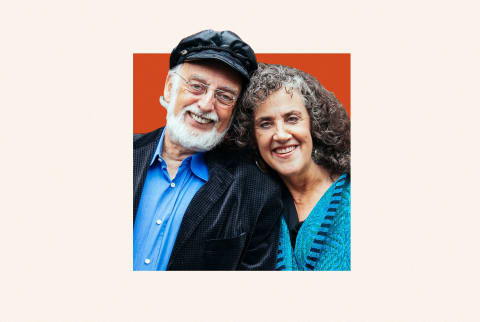Below, find three daily habits that can strengthen your relationship over time. Sometimes the tiniest tweaks can make the biggest difference. Namely, they found couples who wound up divorcing seven years after their wedding had only turned toward their partner’s bids for connection 33% of the time. “Whereas the couples who were still married (prior, six years ago) had turned toward those bids 86% of the time. So these small moments are very, very, powerful,” John adds. What does a bid for connection look like, you ask? Well, it can be something as simple as: “Honey, look at that blue bird outside. Is that a blue jay?” If you ignore their observation completely, that’s turning away; if you respond with shared interest, that’s turning toward. “And that makes all the difference in the quality of friendship, the quality of passion and romance in the relationship, as well as conflict,” says Julie. “[Bids for connection] can be tiny, they can be big, but the important thing is the tiny ones are just as important to keep fulfilling as the big ones.” In fact, she references a study in which researchers observed couples in their homes for an evening and counted the number of positive interactions that happened between them. The results? Couples in unhappy marriages underestimated the number of positive interactions in their marriage by 50%1. “When you say thank you, when you pay a compliment to your partner, you’re building this culture of appreciation in the relationship that is such a cushion for dealing with the world’s everyday stresses,” affirms John. “It’s just very powerful.” Think about it: Humans are social beings, and we depend on each other in order to survive. It’s why extreme loneliness is associated with a greater mortality risk2. “And part of that connection that we need for our survival is touch,” Julie adds. John references the classic study by psychologist Harry Harlow, Ph.D.3, where researchers gave baby monkeys a wire “mother” that provided milk and a cloth “mother” that provided contact comfort in their cage. When those baby monkeys became frightened, they ran straight toward that cloth mother. “So there’s a basic drive in all mammals for a connection, and touch is a part of that,” John says. And again, it doesn’t even have to be a sexual or intimate touch. “It can be just a touch on the arm, a touch on the shoulder, holding hands…whatever it is, but touch makes a gigantic difference in relationships,” adds Julie.



